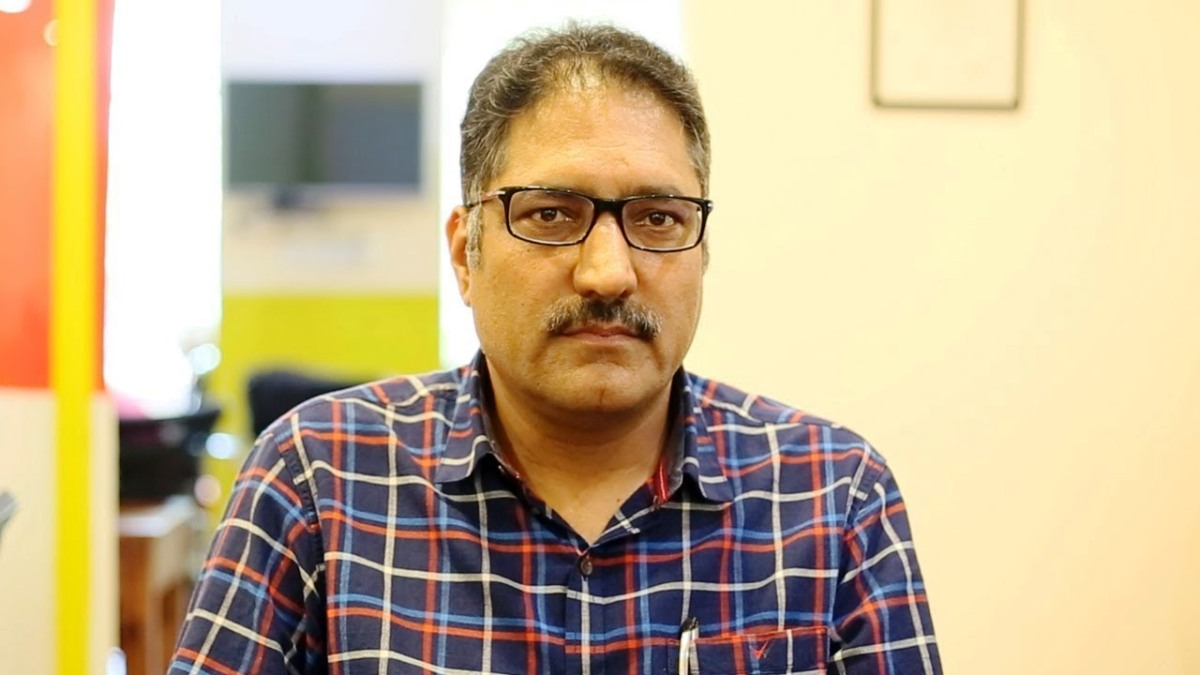A world body for protection of journalists have released a Kashmir- specific report insisting the media in Kashmir is working against odds, reports Zafar Aafaq

Kashmiri journalists are facing an increasing threat including sustained surveillance and detention by state agencies, International Federation of Journalists (IFJ) revealed in its latest report Kashmir: Besieged Valley.
The report talks of the assassination of Rising Kashmir editor and detention of young journalist Asif Sultan. It is based on happenings with the media between May 2018 and April 2019. IFJ is the world’s largest organisation for journalist protection.
On the issue of “surveillance”, the report says, “Social media platforms, now integrated into the lives of journalists, are on the state’s radar with the content being closely monitored.”
“They resort to name-calling, smear campaigns and sometimes threats against journalists who question and report facts which may be contrary to the line adopted by the state. Intentionally, it is aimed at criminalizing journalists and restricting their access to officials,” the report reads in case of social media trolls working to discredit Kashmir journalists. “Many journalists after sharing photos or information have been asked to describe the “motive” behind their posts, especially those of killings of civilians during protests. Sometimes, they are asked to take down the posts from social media.”
Taking strong note of assassination of Shujaat Bukhari, the report called it “cold-blooded murder”. It mentions the names of alleged assassins and says the case has not reached a legal closure despite police ‘claim’.
Photojournalists, according to report, bear the brunt of armed forces and mobs. It mentions the injuries caused to photojournalists in the police action on October 30, 2018, in Shopian. “Four photojournalists were injured after security forces fired pellets on them on October 30, while covering an anti-militancy operation in south Kashmir’s Shopian. Waseem Andrabi of Hindustan Times, Nasir ul Haq of Rising Kashmir, Junaid Gulzar of Kashmir Essence and Mir Burhan of ANI were hit in the eyes, head, and face but thankfully their vision is intact,” the report says while giving a brief description of how pellets fired from pump-action gun is deployed against protestors. The report also mentions the eye injuries caused to two journalists, Zuhaib Maqbool and Mir Javiad, in 2016 due to pellets.
The report draws attention towards the issue that journalists have to work amidst multiple parties and how “a slight slant or an oversight can be extremely dangerous for reporters and photojournalists”. It called October 17, 2018, Fatekadal incident, when police thrashed about a dozen journalists, “a classic example of impunity”. The report also mentions the threats from separatists and militants against journalists.
The report includes details about the detention of Asif Sultan who worked at Kashmir Narrator a monthly magazine published from Srinagar. While giving reference of police charges of “harbouring militants” against Sultan, the report says, “It is believed that Sultan was under watch by the police since he featured a story in July on the second anniversary of the death of the young Kashmiri militant Burhan Wani, a killing that sparked off months of strife on the streets.”
It also gives the details of cases of summoning of journalist Auqib Javaid of Kashmir Observer and detention of photojournalist Kamran Yusuf by a federal investigating agency in Delhi.
The report also has a section on the problems of journalists working in Kashmir periphery and raises the cases of Khalid Gul, who covers south Kashmir for Greater Kashmir and Kashmir Reader’s Bandipora reporter Owais Faruqi who were subjected to police harassments. The report mentions that journalists working from rural areas face severe difficulties due to frequent internet shutdowns.
It has highlighted the costs the scribes pay in the periphery for frequent and random restrictions on their movement.
The IFJ report insisted that the attempts to silence the press have intensified following February 14, 2019 suicide blast in Pulwama which killed 40 CRPF personnel. “Though there is no official order, government advertisements were stopped to three leading newspapers, Greater Kashmir, Kashmir Reader and Kashmir Uzma,” it adds. “In the face of heightened threats to journalists, the implicit and explicit arm-twisting measures to silence the press have intensified.”
It concludes by lauding the Kashmir media that operates despite “tremendous odds”. “Intimidation tactics don’t work. I have only one life, which they can snatch. Until I am alive, I will use my pen to reflect the ground reality of Kashmir’s political landscape along with the many shades of its competing narratives,” the report quotes a Kashmiri scribe telling.















